Plympton was an ancient stannary town. ‘Stannary’ derives from the Latin word for ‘tin’. The Stannary Court was held at Crocken Tor, on Dartmoor. Plympton sent 12 ‘jurates’ to the court which was first recorded in 1494 and held at irregular intervals until 1745. This grade II listed building was built during 1840–66. It was later divided into three properties. By 1985, one had long been Deeble’s electrical store. All three later became the job centre.
A photograph showing the popularity of the infamous Ridgeway Bun, 1950.
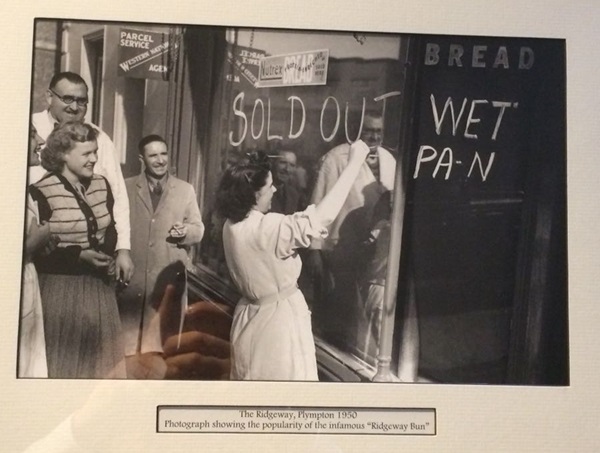
A photograph of Plympton Railway Station, 1898.
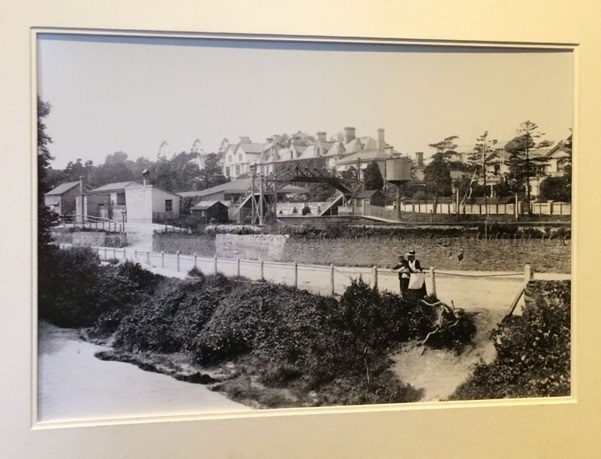
A photograph of the Golden Dagger Mine, 1927, on the tin dressing floor.
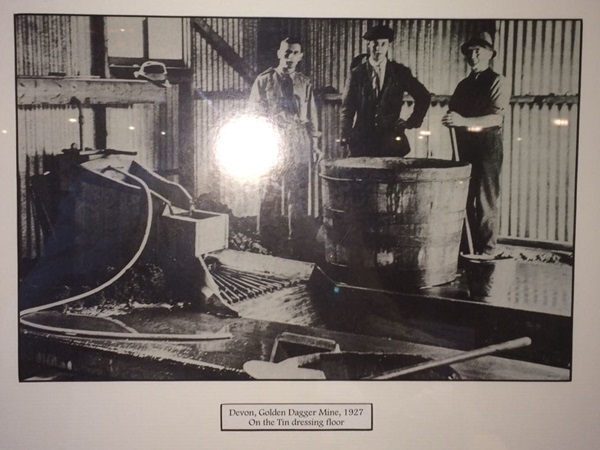
A photograph of Good Friday at Perraton’s Bun Shop, c1880.
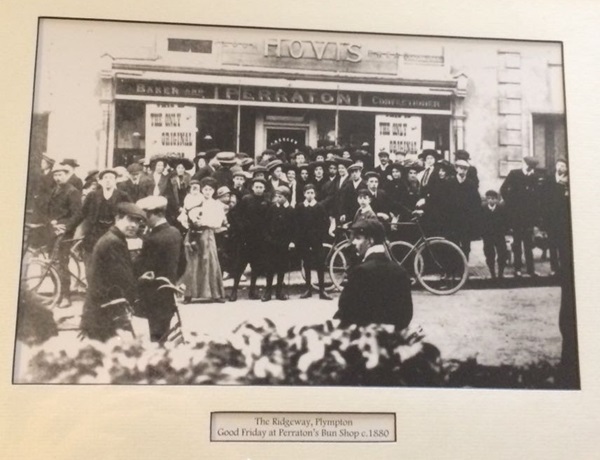
A photograph of the Town Hall, Plympton, 1890.
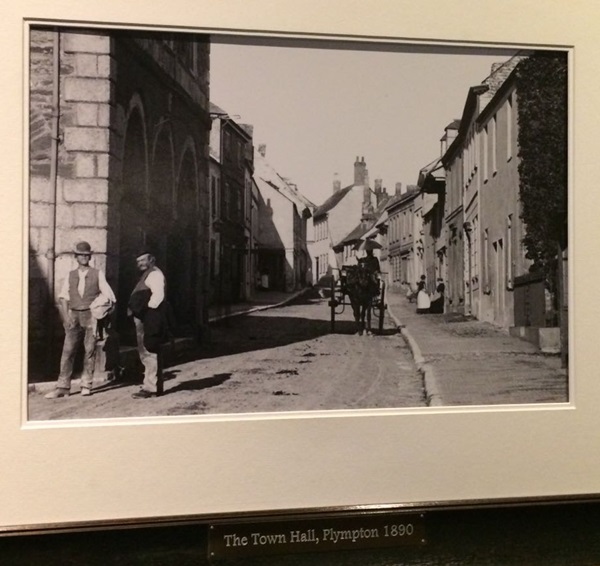
Wall sculptures entitled Devon Industry.
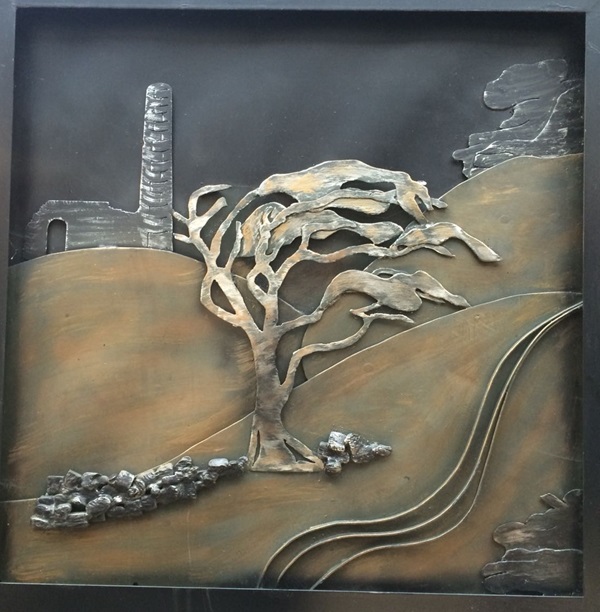
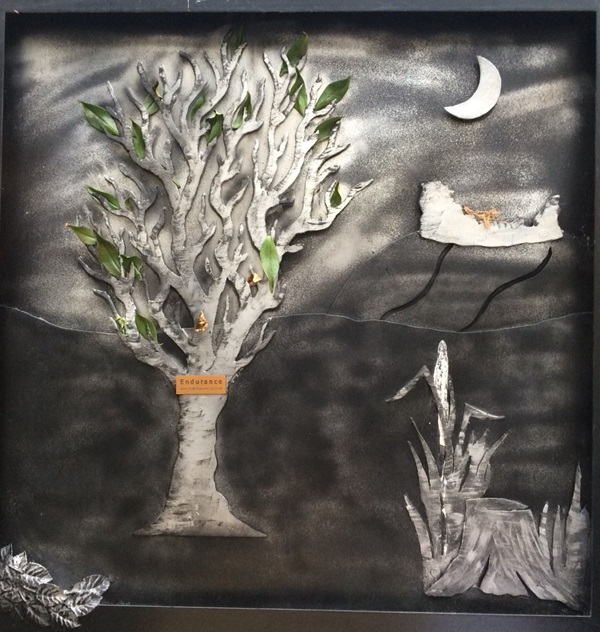
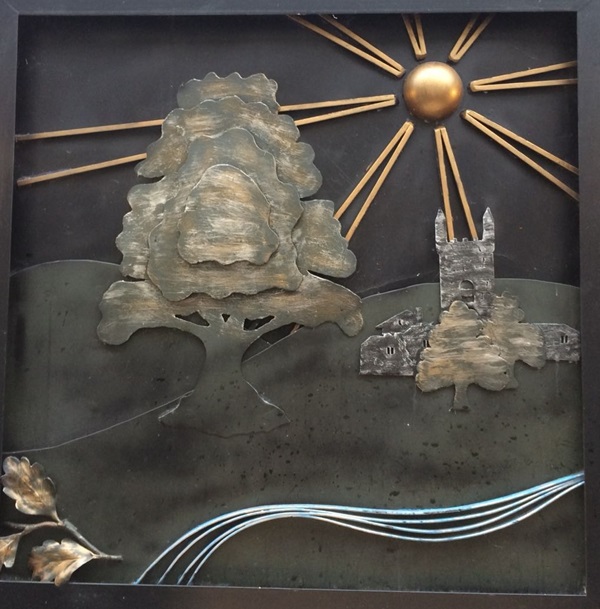
These three wall sculptures were commissioned from local Devon blacksmith Matthew Coe by J D Wetherspoon. They portray the historic industries around Devon, where Matthew lives and which provides much inspiration for his work.
“Being self-taught I pride myself on a fresh approach with ideas and design. I have always driven myself to perfect existing skills and to learn new ones.”
Mathew’s work is inspired by the natural world and to take the forms and elements from this and introduce them into his sculpture.
Collages entitled Plympton Castle and Dartmoor View.
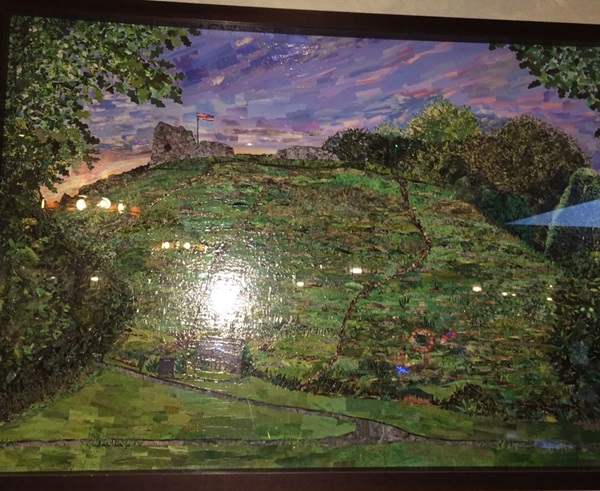
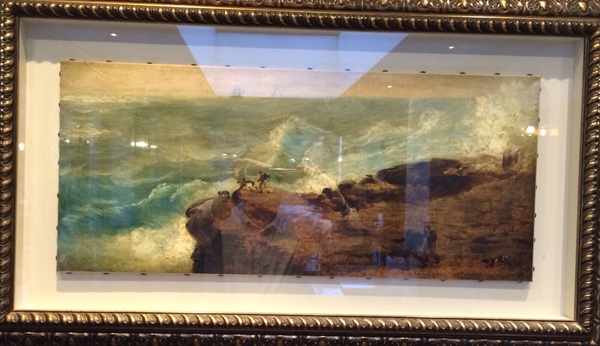
Tamsin Green was commissioned by J D Wetherspoon to create these two bespoke collages on canvas, depicting local Devon views. Once an archaeologist Tamsin was discovering and drawing remains from the past and is now an established local artist creating artworks solely from collage.
Tamsin recycles old magazines to create vibrant and colourful collages on canvas and board. “Magazines are a fascinating medium, containing an astounding diversity of colours and textures. Being passionate about recycling I want to demonstrate how everyday waste items can be transformed into unique works of art. My work has a strong sense of place and is inspired by beautiful and fragile spaces, the local Devon countryside, the coastline and our local historic landscape.”
External photograph of the building – main entrance.
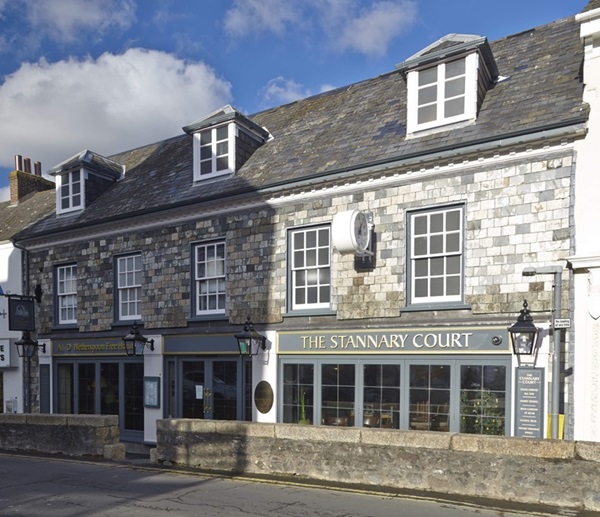
If you have information on the history of this pub, then we’d like you to share it with us. Please e-mail all information to: pubhistories@jdwetherspoon.co.uk